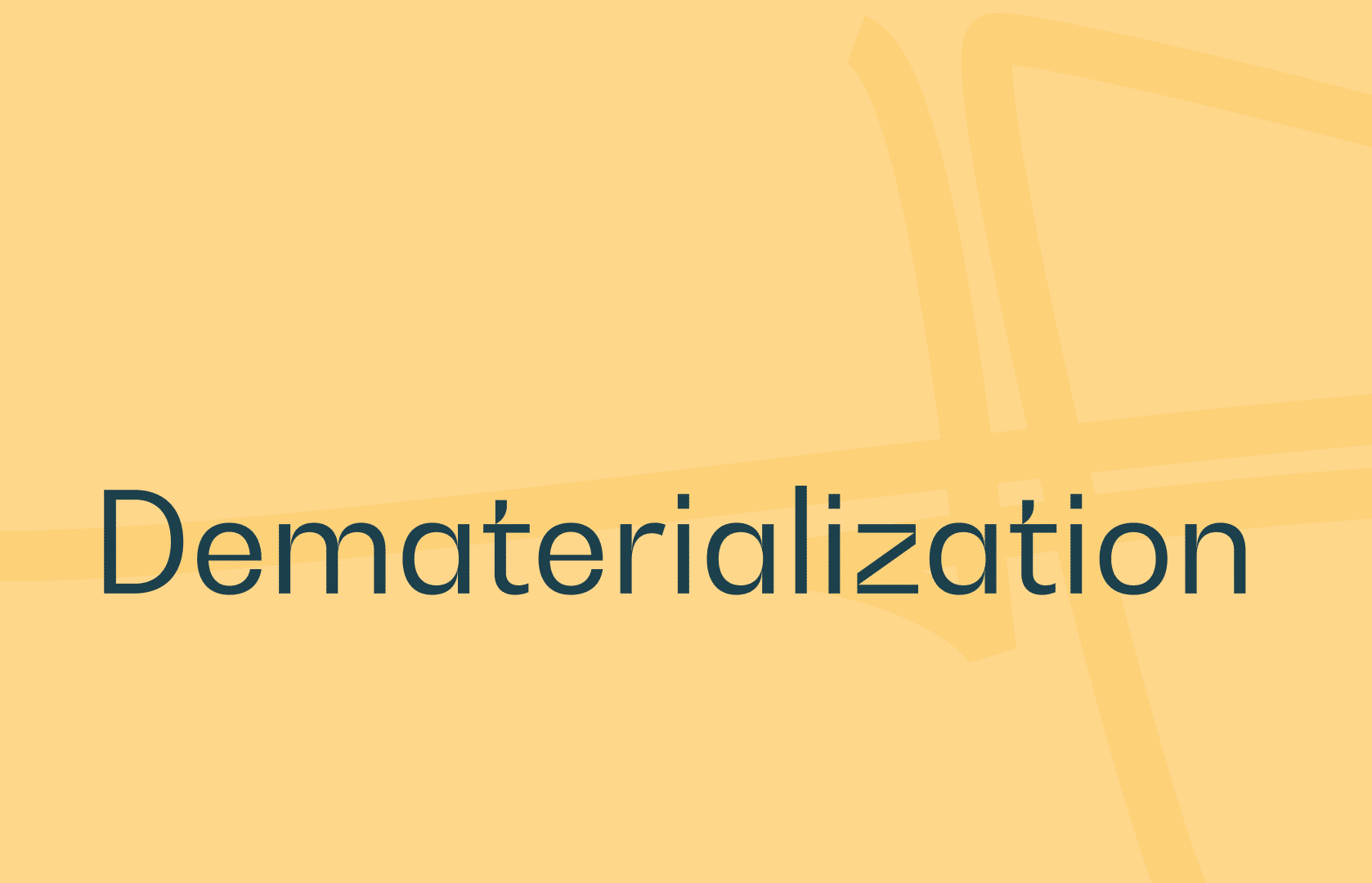New technologies and advances in computer security have led to the creation of a tool that simplifies and accelerates the procedures that anyone has or wants to carry out with the administration: the electronic signature.
It should be emphasized that the use of electronic procedures is more widespread in various sectors, and the training sector is no exception. Training organizations, schools and universities can now offer their learners distance learning sessions.
But managing all the documents associated with these training courses is a time-consuming task. Signature certificates are a powerful tool for facilitating learner management.

Digital certificates are computer files used to provide a digital identity for a person, organization or electronic device. They are issued by recognized Certification Authorities (CAs) and are based on asymmetrical cryptography.
They therefore contain a public and a private key. The former is accessible to everyone, while the latter is known only to the certificate holder.
In this way, the confidentiality of information exchanged between two users is guaranteed.
A digital certificate contains a series of data associated with the user it identifies, such as name, certificate expiry date, a copy of the public key and the CA’s digital signature.
With all these elements, a digital identity is generated, which will be associated, as indicated above, with a person or a device.
Digital certificates are applied to the electronic signature, guaranteeing the identity of the signatory and protecting the information contained in the document. They can also be used for authentication and encryption operations (e-mails, transactions, etc.).
By using digital certificates, the risk of fraud and identity theft is considerably reduced, threats which can pose a serious risk to an organization’s reputation, with significant economic losses. Repudiation is also avoided.
Through EU Regulation 910/2014, the European Union has established 3 types of electronic signatures:
These are electronic data attached to other or associated that the user uses to sign. The European Union emphasizes that this is a judicially admissible piece of evidence.
To be advanced, an electronic signature must identify the signatory and be created by unique means, as well as detect subsequent changes to the signature and be uniquely linked to the signatory.
This is an advanced electronic signature, created using a qualified creation device and supported by a qualified electronic signature certificate.
There are many different digital signature techniques. Only when a qualified digital certificate is used can an electronic signature be considered in this way, legally equivalent to a handwritten signature.
A signature, whether handwritten or electronic, has the same value. There are other types of digital signature which, meeting certain requirements, can be considered advanced, secure and recognized by European legislation.
It’s important to point out that there are also private companies offering digital identification services for companies and individuals, such as Edusign, which operates in the European Union. By choosing Edusign, you are using a qualified trust service provider in accordance with Regulation (EU) No. 910/2014 of July 23 (eIDAS Regulation).
The eIDAS regulation came into force on July 1, 2016 and governs electronic trust services within the EU. eIDAS defines several levels of security and reliability for types of electronic signatures, particularly in the identification of signatories. In this case, a qualified electronic signature certificate is a means by which the identity of the signatory can be verified during the electronic signature process. This is digital identification.
With the advent of distance learning, new ways of certifying and validating documents have become essential. Training centers and schools are already benefiting from the advantages of digital certificates and electronic signatures.
Digital certificates and electronic signatures are two of the main pillars of the new administration, as they are essential for carrying out a large number of processes and procedures, linked both to personal life and to work or business.
The main advantages of digital certificates and electronic signatures include :
- Savings. Cost savings are presented as the greatest benefit. With digital certificates and electronic signatures, paper is saved, space for storing documentation is reduced, administrative work is simplified, and time and money are saved. Time-consuming procedures, submission of forms, travel, etc. are all avoided.
- Security and integrity. Compared to paper, documents with digital certification or signature cannot be altered or manipulated. Digital protection systems are highly effective and reliable. Confidentiality is one of the main values of these new forms of certification.
- Scheduling freedom. A major advantage of digital certificates and electronic signatures is that they enable you to carry out procedures at any time and in any place, immediately, without waiting and without having to bend over backwards for limited opening hours.
- Agility. Both public administrations and private companies have gained a great deal of personal and collective agility. The relationship between learners and training organizations for tasks such as document signing is now fast and simple, via a computer with an Internet connection.
The digital age enables you to enjoy the benefits of digital certificates and electronic signatures at all levels: personal and professional.
Among the most favored groups are training organizations and schools, as well as universities and companies, who appreciate the flexibility offered by new forms of management, enabling them to carry out their activities ever more efficiently and profitably.




